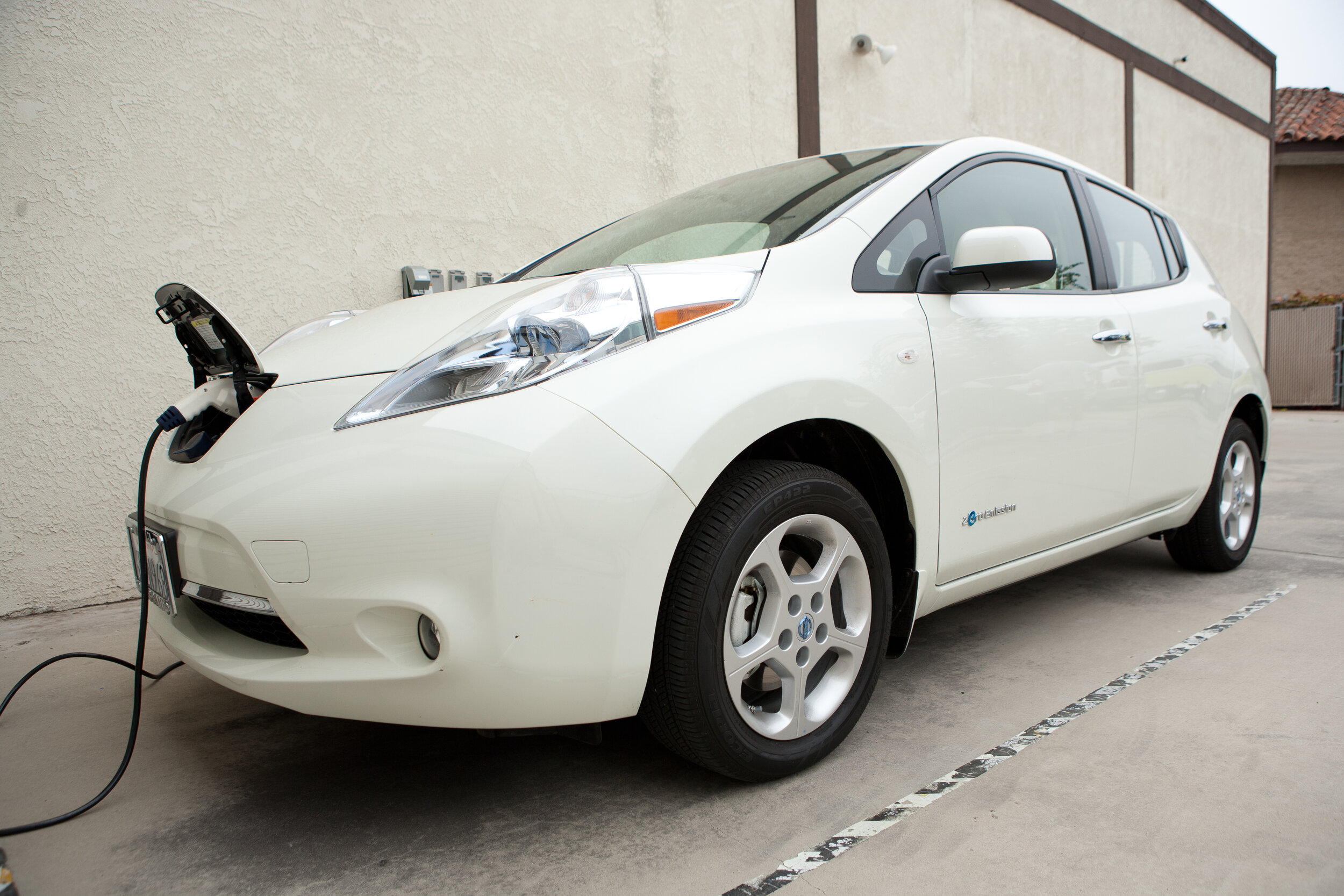Clean Energy Drives Forward
Have you ever pictured yourself driving a zero-emissions car? If not, you may want to start.Take a look at the news around climate change recently, and you’ll see that the move toward clean energy is at the top of the list for ways to reduce greenhouse gas (GHG) emissions. This chart from WhiteHouse.gov shows the many pieces to America’s energy pie. Transportation, accounting for just under one third of all GHG emissions, is the second biggest. In California, that transportation number is even higher, accounting for 37% of our state’s greenhouse gas (GHG) emissions – more than any other sector of the state’s economy. This significant percentage translates directly to our day to day lives. If we’re to lower the amount of GHG going into the air, we have to take a serious look at changing the types of vehicles being used, and the fuel powering them.
This significant percentage translates directly to our day to day lives. If we’re to lower the amount of GHG going into the air, we have to take a serious look at changing the types of vehicles being used, and the fuel powering them.
A Plan for Alternative Fuel Transportation
Enter the Central Coast Alternative Fuel Vehicle Readiness Plan.In partnership with the the County of Santa Barbara, CEC is working on the first draft of this plan, which aims to lay the foundation for a smooth transition to cleaner modes of transportation in the Central Coast.
Investigating Infrastructure
One aspect of the transition will be logistical. CEC is leading a task force to determine where we have gaps in the clean fuel station network between San Luis Obispo and Ventura County, and how we might go about closing those gaps. Made up of experts from a wide range of public and private backgrounds, the task force is looking at various factors to come up with its recommendations:
- How many alt fuel vehicles are on our roads?
- What kinds of fuel they are using?
- Where are these vehicles at?
- What kinds of clean fueling stations are currently in place or in progress?
- Where are these clean fuel stations?
The current draft plan also addresses different types of alternative fuels that our area might need to prepare for, including hydrogen, electric, natural gas, biofuels (like E85, biodiesel, and biogas), and liquid petroleum gas (like propane).
Planning Education and Outreach
At a broader level, the Readiness Plan supports statewide efforts to reduce GHG emissions from California’s vehicles, and is funded by a grant from the California Energy Commission. The governor’s office has made an ambitious call for a 50% reduction in petroleum use by 2030, as well as an increase to 1.5 million zero-emissions vehicles on the road by 2025.While some of these will be industrial and business-owned vehicles, individual consumers like you and I will also play a part in reaching this goal. Without access to information and options around clean fuel vehicles, organizations and individuals may hesitate to buy zero emission cars.That’s why there’s also an educational component to the Readiness Plan. CEC is leading an outreach campaign to make sure consumers, businesses, and public agencies learn how new clean technologies can fit into their life. Live events – including green car shows, test drive opportunities, and trainings for large fleet operators – have already begun taking place across the Central Coast, and more are on the way.
Next Steps
As the Alternative Fuel Vehicles Readiness Plan progresses over the next year, stay tuned to CEC for new developments and join our mailing list to get the latest on upcoming green car shows and other educational events.
